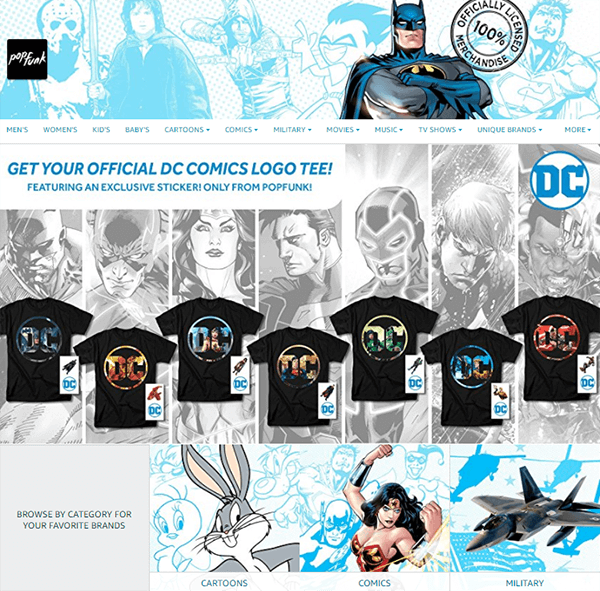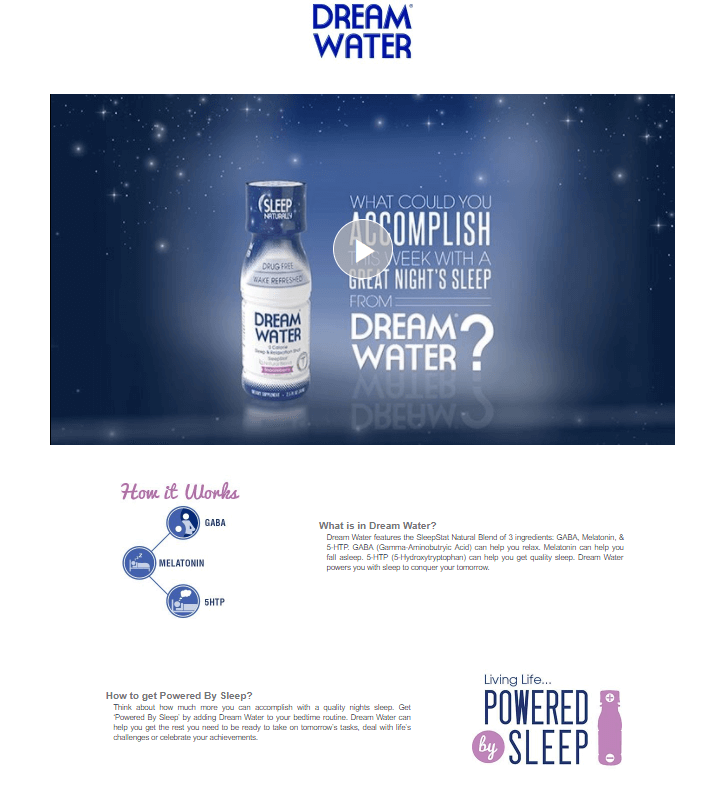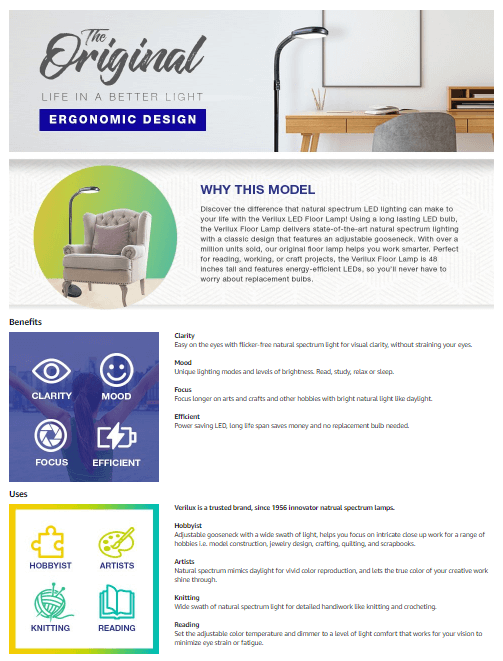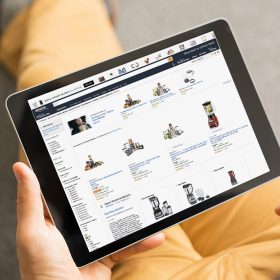Resources - Blog
How to Drive Brand Affinity Using Amazon Creative

Today, brand-registered sellers and vendors have more opportunities than ever before to customize their brand shopping experience on Amazon.
Thanks to the introduction of Amazon Stores, A+ Content, and Enhanced Brand Content, brands have access to the creative tools and features they need to establish their brand equity and promote shopper loyalty.
Not only do these creative features (such as video, comparison charts, and high-quality images) help to improve the aesthetics of brands on the marketplace – they also provide new opportunities to drive traffic and increase detail page conversion rates.
Just take it from WHOOSH!, a brand who is redefining the next generation of clean with tech hygiene products for tablets, smartphones, monitors, and more.

WHOOSH! teamed up with CPC Strategy in March 2017 to establish profitable Amazon advertising campaigns and optimize select ASINs with new Amazon Creative. Only 30 days after WHOOSH implemented Enhanced Brand Content (EBC) on the ASIN below, they saw a 427% increase in detail page conversion rate.
In the following article, we focus on Amazon’s current creative offerings and how brands should be leveraging these new features to win over shoppers against competitors on the marketplace.
1. Amazon Stores
Amazon Stores (the replacement of Brand Pages) is a new creative content feature that allows brands to design and create multipage catalogs to showcase their products and unique value proposition to shoppers.
Shoppers visiting an Amazon Store are able to shop a curated collection of a brand’s products in a customized, brand-centric, shopping experience.
Each Amazon Store can have three levels with multiple pages at each level (including a home page, category page, and product detail page).

Not only do Amazon Stores look great, but they also elevate the shopping experience because they allow brands to:
- Capitalize on internal and external traffic sources.
- Boost organic ranking and increase sales.
- Promote new products to existing customers and educate prospects.
The main benefit of Amazon Stores is to provide customized content to potential customers and introduce prospective customers to your brand. Each page gives you the opportunity to brand it ‘your way’ with lots of supportive content and freedom. It’s basically like designing your own website on Amazon.
According to an interview with Trevor George, President of Popfunk, although Amazon Stores are still in their “infancy stage” there’s lots of future potential. “Amazon Stores are a starting point to claim a vanity URL, send traffic to it, and create a homepage. It’s an evolving program and I believe it will continue to improve with time,” George said.
“If Amazon’s goal is to deter retail companies from selling products on their own website, then they will need to continue to invest in Amazon Stores and make the program more robust. The proof is in the pudding for Amazon Stores based on the speed at which new features and functionality are being rolled out. It’s almost weekly.”
2. A+ Content
Vendors also have the option to sign up for Amazon A+ Content.
A+ Content integrates rich images, charts and narrative copy on your product detail page to:
- Help customers make informed buying decisions.
- Overcome purchase hesitations.
- Drive brand affinity.
Brands like Dream Water are already leveraging A+ Content to improve their listings:
In 2017, Dream Water teamed up with CPC Strategy to modify the product description fields and build out custom creative including their brand story, enhanced images, and text placements. A+ Content gave Dream Water the additional space within their detail pages to answer common customer questions and provide relevant details about their products.

“Overall, Amazon releasing A+ Content has been conducive to a better buying experience. If a customer can land on a listing and be able to see a coherent story for the brand as well as the products designed in an aesthetically pleasing way – it not only improves the conversion rate but it also improves the customer’s experience and that’s a huge benefit,” said Gary Jiang, Digital Marketing Manager at Dream Water.
Stay on top of the latest e-commerce and marketplace trends.
3. Enhanced Brand Content
Enhanced Brand Content (EBC) enables brand owner sellers to modify the product description field of their branded ASINs and describe their product features in a different way by including a unique brand story, enhanced images, and text placements.
“One of the most immediate impacts that Enhanced Brand Content will have for 3P sellers in the Brand Registry program is the benefit to paid advertising conversion rates,” Pat Petriello, Head of Marketplace Strategy at CPC Strategy said in a recent blog post.
“Take, for example, a 3P brand manufacturer selling high-quality premium sunglasses and advertising through Sponsored Products during the holiday season. With Enhanced Brand Content, that seller has increased ability to showcase the unique value proposition of their products such as polarization, mirroring, contrast, transition, lens treatments, and so on.”
“They will also have the option to differentiate their brand from that of their competitors by communicating their brand story through the Enhanced Brand Content fields. As a result, this Seller will be able to turn more of their advertising clicks into conversions, effectively increasing the ROAS and reducing ACOS. With increased advertising spend over the holiday shopping season, the ability to maximize the return through Enhanced Brand Content is a real win for 3P brands.”

5 Best Practices for Amazon Creative
Although there’s a lot of work that goes into the development of Amazon creative content, there are a few best practices that apply to all forms of Amazon Creative – from EBC to A+ Content and Stores:
- Maintain Uniform Design: One of the biggest takeaways is that you don’t want to design for just one landing page – you should have your entire catalog in mind (especially when designing an Amazon Store).
- Integrate Lifestyle Images: You don’t necessarily want to reuse images from the existing detail page(s). Instead, utilize new images and creative that will intrigue shoppers to buy and use the product.
- Leverage Reviews: Take a closer look at what your customers are saying in your product reviews. If they keep asking the same questions over and over again, you might want to address those concerns using the space provided in your Amazon Creative.
- Sizing & Resolution: All of your images need to be the right size and resolution according to Amazon’s requirements.
- Hire an Amazon-focused agency: Working with an agency who knows what the Amazon qualifications are allows you to move faster through the creation and submission process.



